Limitless Potential of Data Ops and AI
Introduction
Traditional DataOps challenges

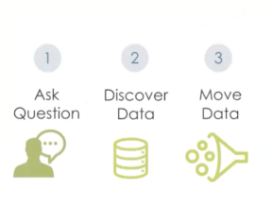
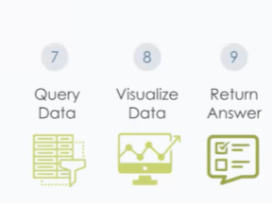
Inspironlabs, AI-Led DataOps Framework

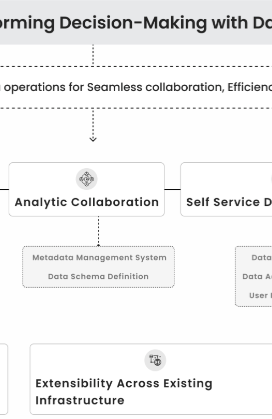
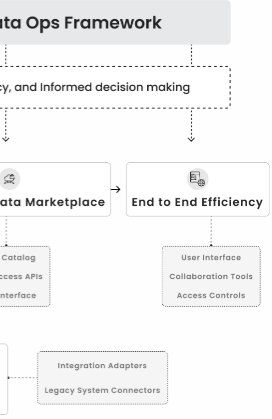
Our Services enabling you to take informed decisions at early stages
We efficiently manage testing environments with our AI enabled tools, enabling create, duplicate, and isolate sandbox environments for testing and validation. This ensure production environment stability during development and testing.
What makes us more reliable in DataOPs
Limitless Potential of Data Ops & AI with InspironLabs!
Author’s Profile

Introduction
JavaScript is practically everywhere. From lively websites to backend systems, mobile apps, and even cutting-edge AI tools, it’s the heartbeat of the digital world. But have you ever stopped to think about what makes JavaScript tick? This blog dives deep into the nuts and bolts of JavaScript, exploring its origins, how it runs, and the magic that makes it so powerful—written in a fresh way to spark your curiosity.
The Wild Story of JavaScript’s Beginnings
JavaScript’s history is more than just “created in 10 days.” It’s a tale of innovation, rivalry, and transformation.

1995: JavaScript Comes to Life
Back in the mid-90s, Netscape, the top dog in web browsers, wanted to make the internet more interactive. They brought on Brendan Eich, a talented developer, to whip up a scripting language that could run right in the browser. In just 10 days, Eich created the first version of JavaScript, originally dubbed Mocha, then LiveScript, and finally JavaScript—a name chosen to piggyback on Java’s fame.
1996–1997: The Browser Wars Heat Up
Microsoft jumped in, creating JScript for Internet Explorer, which led to a messy rivalry between browsers. To sort out the chaos, ECMAScript emerged in 1997 as the standardized version of JavaScript.
2009: JavaScript Breaks Free
The game changed with the launch of Node.js, which let JavaScript run outside browsers. Google’s V8 Engine went open-source, supercharging JavaScript’s speed. Then, ES6 in 2015 brought game-changing features like let, const, arrow functions, and Promises.
Today (2025)
JavaScript powers everything—web apps, mobile devices, servers, IoT, AI, and even blockchain. With frameworks like React, Vue, Angular, and Deno, it’s a versatile, scalable language that’s here to stay.
How JavaScript Runs: The Inner Workings
Unlike other languages, JavaScript operates in a unique way. It’s single-threaded but handles asynchronous tasks like a pro. Let’s break it down.
1️⃣ The JavaScript Engine: The Core Powerhouse
Every JavaScript program runs inside an engine. The most well-known is Google’s V8 (used in Chrome and Node.js). Others include:
- SpiderMonkey (Firefox)
JavaScriptCore (Safari)
Chakra (older Edge versions)
2️⃣ How JavaScript Processes Code
JavaScript doesn’t just read your code top to bottom. It follows a specific flow:
Step 1: Parsing the Code
The engine breaks your code into tokens and builds an Abstract Syntax Tree (AST), which is like a blueprint it uses to understand your code.
Step 2: Compiling & Optimizing
JavaScript uses Just-In-Time (JIT) Compilation for speed:
- Interpreter (Ignition): Turns code into bytecode quickly.
- Compiler (TurboFan): Optimizes frequently used code for blazing-fast execution.
Step 3: Running the Code
The code executes in the Call Stack, a synchronous, single-threaded environment. Async tasks, like fetching data or timers, are handled by Web APIs, Promises, and the Event Loop (more on that next).
The Event Loop: JavaScript’s Async Superpower
JavaScript’s ability to handle async tasks while being single-threaded is thanks to the Event Loop. Here’s the breakdown:
- Call Stack: Executes synchronous tasks (like function calls).
- Web APIs: Handles async tasks like setTimeout, fetch, or DOM events.
- Callback & Microtask Queues: Stores async callbacks and Promise resolutions.
- Event Loop: Moves tasks from queues to the Call Stack when it’s free.
This setup lets JavaScript juggle tasks like fetching data or waiting for timers without freezing up.
How JavaScript Manages Memory
JavaScript takes care of memory for you through Garbage Collection (GC). Here’s the gist:
- Heap Memory: Stores objects and functions dynamically.
- Stack Memory: Holds primitive values and function call references.
- Garbage Collector (Mark & Sweep): Frees up memory by removing unused objects, preventing leaks.
Watch Out For: Memory leaks from:
- Lingering event listeners
- Global variables
- Circular object references
Mastering Async JavaScript
JavaScript’s async capabilities go way beyond basic timers. Here’s how they’ve evolved:
1️⃣ Callbacks (The Old School Way)
Callbacks were the go-to but often led to “Callback Hell”—messy, nested code:

2️⃣ Promises (The Modern Way)
Introduced in ES6, Promises make async code cleaner:

3️⃣ Async/Await (The Easiest Way)
Async/await makes async code read like synchronous code:
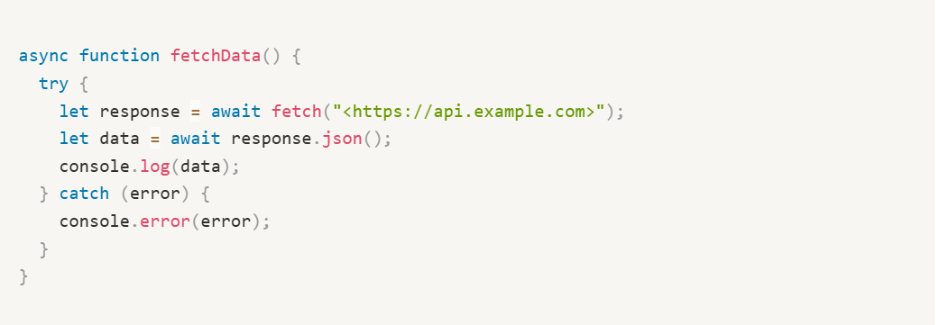
Why JavaScript Stands Out
JavaScript isn’t just another language—it’s a dynamic, event-driven powerhouse that runs the modern web.
What Makes It Special?
- Interpreted + JIT Compilation: Fast execution.
- Single-Threaded + Async Event Loop: Handles tasks efficiently.
- Web APIs, Promises, Async/Await: Smooth async operations.
- Dynamic & Prototype-Based: Flexible for both OOP and functional programming.
JavaScript in Product Engineering: Driving Business Outcomes
While the technical inner workings of JavaScript are fascinating, the real value for organizations lies in how this ecosystem accelerates product engineering and business growth.
At InspironLabs, we don’t just use JavaScript as a programming language—we apply it strategically to help companies modernize, innovate, and scale faster.
How JavaScript Powers Product Engineering
- Faster Time-to-Market
Modern JS frameworks like React, Angular, and Vue enable rapid prototyping and reusable components, helping teams ship new features faster without compromising quality.
- Scalable & Future-Ready Platforms
With Node.js on the backend, products can handle millions of concurrent users while remaining cost-efficient. This scalability ensures that as your business grows, your tech stack keeps pace.
- Seamless User Experience
JavaScript powers smooth, responsive interfaces across devices, ensuring customers get a unified and engaging experience—critical in today’s customer-first digital world.
- Innovation with Emerging Tech
From IoT dashboards to AI-driven apps and even blockchain integrations, JavaScript provides the flexibility to experiment with cutting-edge solutions without starting from scratch.
- Faster Time-to-Market
Real-World Use Cases
- Digital Commerce Platforms: High-performing storefronts built with React/Next.js deliver lightning-fast load times, directly improving conversion rates.
FinTech Applications: Secure, real-time dashboards powered by Node.js ensure scalability as transaction volumes grow.
Healthcare Systems: Interactive patient portals and IoT-enabled monitoring apps built with JavaScript frameworks enhance engagement and care delivery.
Enterprise SaaS Products: Modular architectures built with JavaScript reduce technical debt and accelerate the rollout of new features.
By embedding JavaScript-first engineering practices, InspironLabs helps organizations achieve:
- Accelerated innovation cycles
- Lower total cost of ownership
- Superior customer experiences
- Future-proof product roadmaps
Driving Digital Transformation with JavaScript
JavaScript isn’t just the language behind the web—it’s the foundation of modern product engineering. From powering intuitive user interfaces to enabling scalable backend systems, it has become a critical enabler for innovation and digital transformation.
At InspironLabs, we leverage the full potential of the JavaScript ecosystem to help organizations:
- Build scalable, future-ready products
- Accelerate time-to-market with modern frameworks
- Deliver engaging customer experiences across platforms
- Innovate with AI, IoT, and cloud-native applications
If you’re a business leader exploring how to modernize your digital products or accelerate innovation, we are committed to being your strategic partner in that journey.
Contact us today to explore how we can partner in your product engineering journey.
Learn more about us at inspironlabs.com

